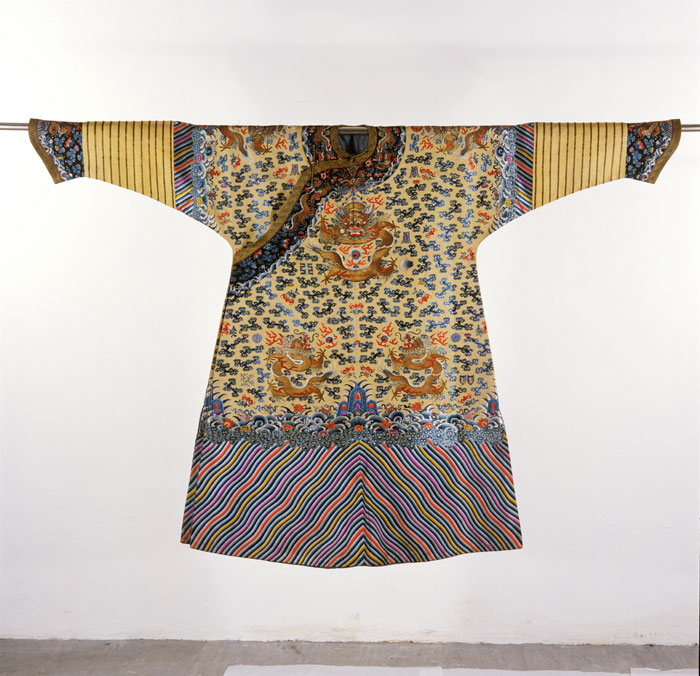The GSA Archives and Collections Centre, is a unique centre in that it is not only an archive – an organic accumulation of records from people or organisations – but a museum collection – a gathering of objects including textiles, paintings, ceramics and more.
As an organisation we look to gather together materials and records that relate to either the history or the development of teaching at the Glasgow School of Art, and to provide access to these holdings to both the public and specialist researchers. Like many heritage institutions one of the ways in which our holdings are accessed is through exhibitions, however because only a small proportion of our collections can be exhibited at one time we still require a considerable amount of storage space to house our other archives and collections. As space and funding for this type of storage can often be difficult to come by, perhaps one of the most common questions organisations like ours is asked, is ‘why have this stuff if it is not on display?’.
It is true that museums and archives often have a store of hundreds of items that are not on display, and there are various reasons why this is the case. There are often exhibition space constraints that limit the number of items that can be shown or conservation considerations that mean that items can only be exposed to light for limited periods of time. However, just because an item is not on display does not mean it is not being used and accessed.
Recently the GSA Archives participated in ‘Explore Your Archive’, an annual campaign that aims to raise awareness about the role that archives can play in local communities, as well as in our society as a whole. For this campaign we highlighted some of the diverse items in our holdings.
These are only a tiny minority of the items in our stores and while they may not be perpetually on display, we look to provide access to enquirers who wish to research or examine these materials for the purposes of academic study or artistic inspiration (if you would like to access these items, or have any questions regarding our holdings please feel free to email archives@gsa.ac.uk). Anyone can look to access these items by appointment, which allows this rich and unique resource to be used all year round.
Recently, this issue of storage space and the misunderstanding around how archives and heritage institutions provide access to their holdings was raised with the announcement of the sale of Blythe House.
Currently Blythe House acts as a store for part of the collections of three national museums, these are:
- The British Museum
- The Science Museum (this includes items from the Wellcome Trust)
- The Victoria and Albert Museums
These stores hold millions of items, that like our collections, can be accessed by appointment when they are not on display.
Since the sale of this building was announced the BBC has filmed a tour behind the scenes of the Blythe House museum storage to show its extent, as well as a few of the items that are not currently on display. This included a stunning Chinese robe from the V & A, that we also happen to have an example of.


Even when the the Chinese Imperial robe from the V & A was in storage it was available for access to researchers and designers, including Dries Van Noten who took inspiration from this piece and created new garments based on it. You can see the full BBC tour of Blythe House here.
Despite the perception that archives and museums store thousands of items pointlessly, in reality these items are still accessible to the public and are frequently in use outside of exhibits for the purposes of research, education or artistic inspiration. Get in touch and come and see for yourself!
Resources Used
Museums Association, Museums Journal, National museums look at relocating collections from Blythe House
BBC News, Behind the scenes at the museum bank
BBC News, Behind the scenes at museum storage in London


